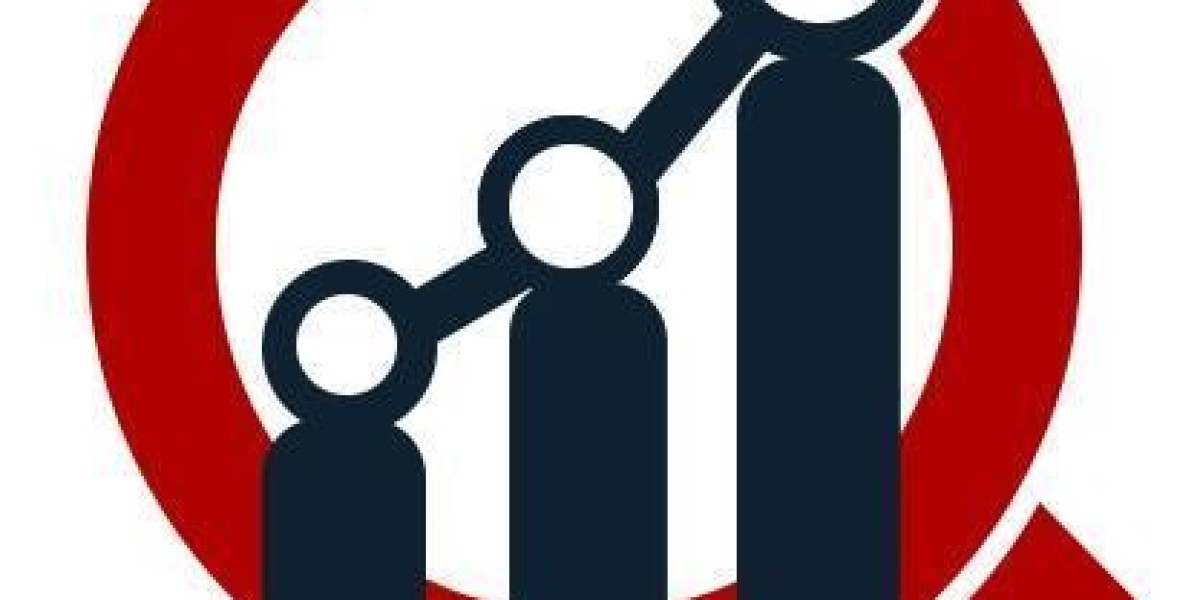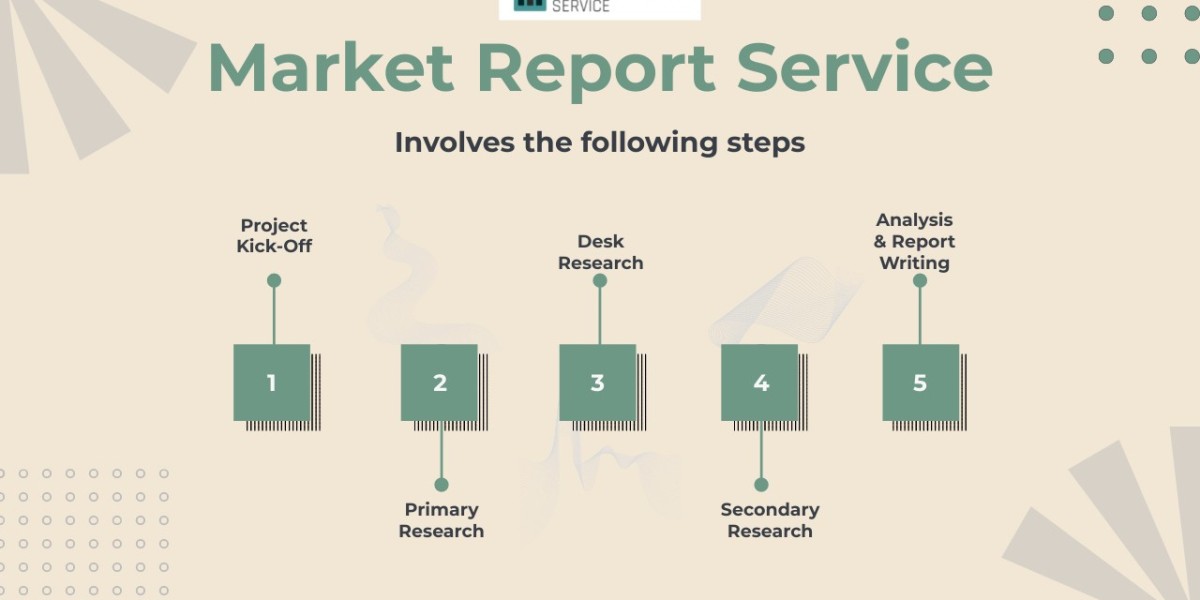In recent years, mental health and substance abuse disorders have become increasingly prevalent concerns, affecting millions of individuals worldwide. Anxiety disorders, in particular, have been on the rise, with more people seeking effective treatments to alleviate their symptoms and improve their quality of life. Additionally, the opioid crisis has reached alarming proportions, necessitating innovative approaches for addiction treatment. This article delves into two promising therapies: Ketamine for Anxiety and Opioid Addiction Treatment. These therapies offer hope and a fresh perspective on managing these complex conditions.
Ketamine for Anxiety
Anxiety disorders, which include generalized anxiety disorder, social anxiety disorder, panic disorder, and various phobias, are characterized by excessive and uncontrollable worry, fear, and apprehension. While there are various treatment options available, they don't always provide relief for everyone. This is where ketamine, a dissociative anesthetic, has emerged as a potential game-changer.
How Ketamine Works
Ketamine primarily functions as an NMDA receptor antagonist, altering the balance of neurotransmitters in the brain. Unlike traditional antidepressants that take weeks or even months to show effects, ketamine works rapidly. It triggers a cascade of neurochemical responses, promoting the regrowth of synaptic connections in key brain regions. This neuroplasticity is believed to contribute to its efficacy in treating anxiety disorders.
Ketamine Infusion Therapy
Ketamine for anxiety is often administered through intravenous infusions or nasal sprays, with patients closely monitored by healthcare professionals. Infusion therapy sessions typically last around 40 minutes, and the patient may require a series of sessions over a few weeks to experience the full therapeutic benefits. The exact mechanism of action is still not fully understood, but the results are promising.
Efficacy and Safety
Clinical studies and anecdotal reports suggest that ketamine can provide rapid relief from anxiety symptoms, sometimes within hours of the first session. However, it's essential to note that the effects are not always long-lasting, and patients may require maintenance treatments to sustain the benefits. Safety is a significant concern, and medical supervision is crucial to mitigate potential side effects and minimize abuse risk.
The Promise and Caveats
Ketamine's promise as an anxiety treatment is significant, especially for individuals who have not responded to other therapies. However, it is not a one-size-fits-all solution, and there are still many questions about its long-term efficacy and safety. Furthermore, ketamine is not yet widely available or covered by insurance, making it inaccessible to many individuals in need.
Opioid Addiction Treatment
The opioid addiction crisis has devastated countless lives, and traditional treatment methods often fall short in providing long-term recovery solutions. As a result, researchers and clinicians have been exploring innovative approaches to address this epidemic.
Medication-Assisted Treatment (MAT)
One of the most promising strategies in opioid addiction treatment is Medication-Assisted Treatment (MAT). MAT combines FDA-approved medications with counseling and behavioral therapies to address the complex nature of opioid addiction. The medications used in MAT include methadone, buprenorphine, and naltrexone.
Methadone and Buprenorphine
Methadone and buprenorphine are synthetic opioids that act as substitutes for the opioid of abuse. They help reduce withdrawal symptoms and cravings, allowing individuals to stabilize their lives and engage in treatment. Methadone is dispensed daily at specialized clinics, while buprenorphine can be prescribed by certified healthcare providers, making it more accessible.
Naltrexone
Naltrexone works differently from methadone and buprenorphine. It is an opioid antagonist, blocking the effects of opioids and reducing cravings. Naltrexone is administered in the form of a monthly injection (Vivitrol) or daily oral tablets (Revia). Its non-addictive nature is a distinct advantage.
Counseling and Support
MAT is not a standalone solution but is combined with counseling and support services. Behavioral therapies are essential to address the psychological aspects of addiction and help individuals develop healthier coping mechanisms.
Reducing Overdose Risk
One of the critical benefits of MAT is its potential to reduce the risk of fatal opioid overdoses. When individuals are on MAT, their tolerance to opioids increases, making it harder to overdose on their drug of choice. This aspect of MAT has significant public health implications, as it can save lives.
Challenges and Controversies
Despite its effectiveness, MAT faces its share of challenges and controversies. One common concern is the potential for diversion and misuse of MAT medications. However, these risks must be weighed against the benefits of reducing overdose deaths and improving the quality of life for those with opioid use disorder.
The Intersection of Ketamine and Opioid Addiction Treatment
Interestingly, there is an intersection between ketamine and opioid addiction treatment. Some studies suggest that ketamine might be effective in treating cravings and withdrawal symptoms in individuals with opioid use disorder. While this avenue shows promise, further research is necessary to understand the potential benefits and risks fully.
In conclusion, the fields of Ketamine for Anxiety and Opioid Addiction Treatment represent crucial areas of innovation in the realm of mental health and substance abuse treatment. Ketamine offers a rapid-acting solution for anxiety disorders, but its long-term efficacy and accessibility remain subjects of ongoing research and debate. On the other hand, Medication-Assisted Treatment is transforming the landscape of opioid addiction treatment by combining medications with counseling and support, reducing overdose risk, and saving lives. These emerging therapies provide hope for those who have struggled with these complex and challenging conditions, offering a glimpse into a brighter future for those in need.








